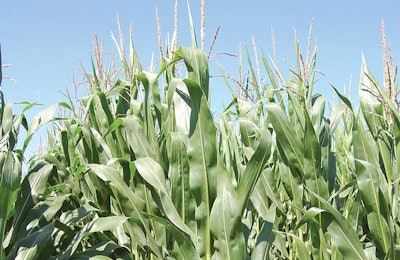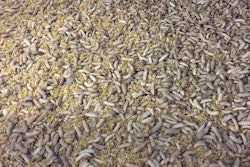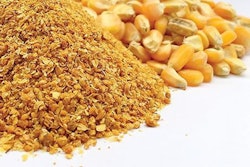
Large crop, diminished demand may cause corn prices to fall to lowest levels since 2006
Demand for corn is expected to rise in the fall as markets recover from the novel coronavirus (COVID-19) pandemic. But with another large crop in the works, prices are expected to drop even lower in the coming season.
The U.S. Department of Agriculture’s (USDA) May World Agricultural Supply and Demand Estimates put the average 2020-21 corn price at just $3.20 per bushel, down another 40 cents from the already-low prices seen in 2019-20. Improved weather and expanded acreage are expected to combine to achieve a record 16 billion-bushel harvest, according to the USDA.
Global corn consumption — including demand for ethanol — is expected to recover in time for the 2020-21 harvest, according to the USDA, with overall corn use rising 4%. Use for animal feed is also expected to increase by just under 6%, following the drop in corn prices.
While the recovery is good news, and better weather has improved morale among corn growers, demand for corn just isn’t keeping up with supply, according to Nathan Fields, vice president of production and sustainability at the National Corn Growers Association.
“Even with a recovery, it’s not 100% recovery, and you still have a good amount of corn that’s going into the ground,” Fields said. Weak soybean prices, Fields said, are prompting more U.S. farmers to opt to grow corn instead.
“From the grain side of things, there will be plenty out there, and price will be what price is, but downstream customers are looking at a pretty good deal on corn,” he said.
Weather is expected to affect this year’s crop, but not to the same extent as last year. North and South Dakota have encountered wet planting conditions, Fields said, “but the heart of the Corn Belt is running gangbusters.”
According to the National Agricultural Statistics Service, 67% of this year’s anticipated crop had already gone into the ground as of May 10, compared to 28% at the same time last year.
Corn producers “feel optimistic” about the coming season, thanks to “the fact that a lot of them are able to get out and work,” Fields said. “They feel good about getting out and putting crops in the ground.”
But he expects morale could decline among growers as the year progresses, because he sees few variables on the horizon that could improve the outlook for the value of the coming harvest. The best bet, he said, is if the Trump administration can close some of the trade deals it has been working on in China, and perhaps the European Union. Fields said U.S. corn growers are also watching the speed with which demand for ethanol returns, and whether U.S. meat processing capacity can be brought back online in a timely manner.
“Some trade deals could help with corn sales, but that’s the only think I see happening in the next few months,” he said. “Corn is going to be relatively cheap for a while.”











